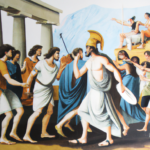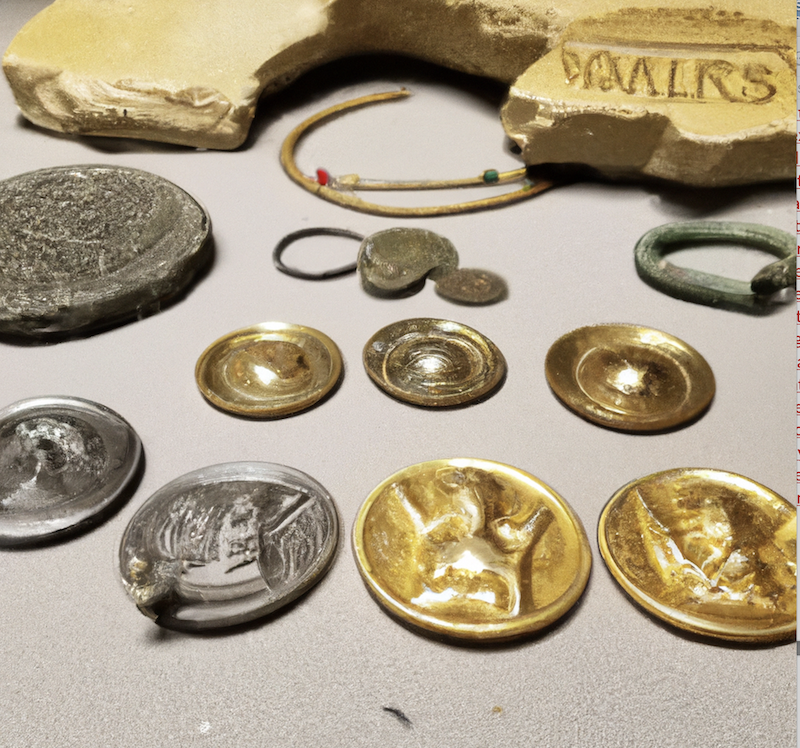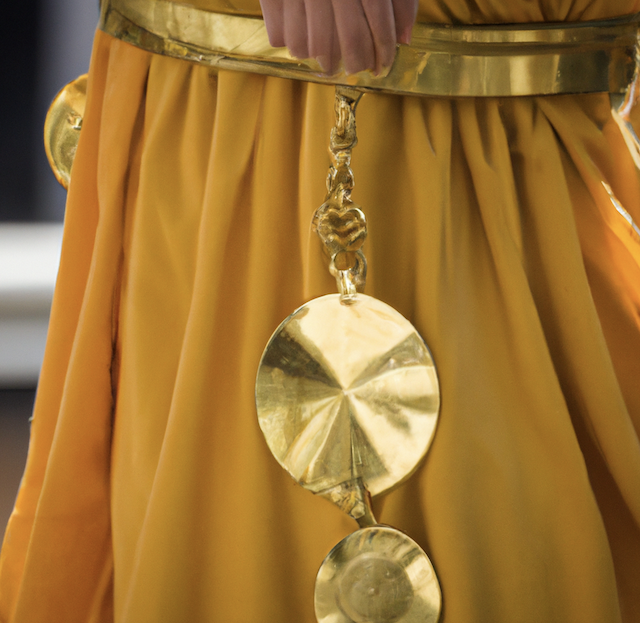Investing in precious metals can be a great way to diversify and protect your retirement funds. With the right knowledge and strategy, you can make the most of a Precious Metal IRA (Individual Retirement Account).
This article will provide an overview of what it takes to get started with this type of investment, as well as tips for making sure you maximize its potential.
From understanding tax implications to choosing which types of investments are best suited for your needs, we’ll cover everything you need to know about Precious Metal IRAs.
What Is A Precious Metal Ira?
Precious metal IRAs are a popular and unique form of retirement investing that allows investors to diversify their portfolios with physical gold, silver, platinum, and palladium. According to the U.S. Global Investors website, nearly one out of every five IRA accounts is invested in precious metals.
This means that many people are taking advantage of this tax-advantaged form of investing for their retirement savings needs. The most attractive feature of a Precious Metal IRA is its potential for long-term growth due to inflation protection.
The market value of certain commodities like gold tends to increase when there is economic turmoil or uncertainty because it’s seen as a safe haven asset. Additionally, since you’re not limited by stocks or mutual funds but instead can purchase real tangible assets such as coins and bullion bars, your returns could be potentially higher than traditional investments.
With all these benefits, it’s no wonder why so many choose a Precious Metal IRA over other forms of retirement investment options. Moving on from here, let us now discuss the tax implications associated with these types of investments.
Tax Implications Of Precious Metal Iras
Let’s talk about the tax benefits and tax penalty risk associated with precious metal IRAs.
Knowing these can help us make the most of our precious metal IRA investing.
Tax Benefits
When it comes to investing in a precious metal IRA, one of the biggest benefits you get is tax savings.
The IRS allows certain types of gold and silver coins to be held in an IRA, so when you invest in these assets, you can take advantage of the many tax advantages that come with them.
This includes being able to defer or avoid capital gains taxes on any profits earned from your investments as well as numerous other deductions available for IRAs.
Additionally, since some metals are eligible for rollover treatment, this means you can transfer their value into another retirement account without incurring early withdrawal penalties or additional taxes.
With all these potential savings opportunities, there’s no question that making the most of a Precious Metal IRA is worth considering.
Tax Penalty Risk
The potential savings you can get by investing in a Precious Metal IRA are undeniable, but it’s important to understand that there is also tax penalty risk involved.
While these assets are generally exempt from taxes on their appreciation, they may still be subject to early withdrawal penalties if you withdraw them before age 59 and a half.
Furthermore, the IRS limits how much gold and silver coins or bars an individual can hold in an IRA at any given time, so be sure to check with your financial advisor about this specific rule.
All this means that when considering whether or not to invest in precious metals for your retirement portfolio, you should factor in the possible risks as well as the advantages.
Choosing The Right Precious Metals
When it comes to precious metal IRA investing, choosing the right metals is essential.
It’s important to consider which of the four primary types of precious metals–gold, silver, platinum, or palladium–will provide the most value for investors and make up a bulk of their portfolio.
Gold has long been one of the top choices for its stability and liquidity in times of economic uncertainly, while silver is often selected due to its affordability as well as its ability to diversify risk.
Platinum offers greater returns than gold but may be more volatile at times; finally, palladium is an emerging market that could offer substantial gains for those who invest early on.
No matter which type of metal you choose, it’s important to do your research and understand how each option performs in different markets so that you can select an asset class best suited to meet your needs.
Transitioning into the next step will help ensure your investments are kept safe and secure: storing precious metals in an IRA.
Storing Precious Metals In An Ira
Let’s talk about the pros and cons of storing precious metals in an IRA.
As well as the different storage options available.
We’ll try to figure out the best way to make the most of precious metal IRA investing.
Pros & Cons
When it comes to investing in precious metals, one of the most popular options is to store them in an IRA. This can be a great way for investors to diversify their portfolios and protect their wealth from inflation.
However, there are some pros and cons you should consider before going this route. On the plus side, storing precious metals in an IRA lets you take advantage of tax-deferred growth and investors don’t have to worry about physical storage costs or security issues. On the downside, only certain types of gold and silver coins qualify for IRAs so you may need help identifying which ones do.
In addition, buying these coins typically requires more money than what’s needed when purchasing stocks or mutual funds. So while an IRA can provide significant benefits for those looking to invest in precious metals, make sure you understand what type of investments are allowed and any potential drawbacks that come with them first.
Storage Options
When it comes to storage, IRAs are a great option for investing in precious metals.
You can avoid the costs associated with physical storage and security, as well as benefit from tax-deferred growth.
But don’t forget that only certain types of gold and silver coins qualify for an IRA, so make sure you do your research first.
Plus, buying these coins may require more money than what’s needed when purchasing stocks or mutual funds.
All things considered, if you understand the pros and cons of storing precious metals in an IRA then this could be a viable investment strategy for diversifying your portfolio.
Advantages And Disadvantages Of Investing In Precious Metals
Savvy savers and prudent investors often ponder the pros and perils of precious metal IRA investing. While wealth-seekers weigh up the worth of these investments, it’s important to know both the advantages and disadvantages before making a decision.
Advantages:
- Tax Benefits – Precious metals IRAs offer tax breaks, allowing you to save more money faster while also deferring taxes until retirement age.
- Diversification – Adding physical gold or silver to your investment portfolio can help diversify your assets for better risk management.
Disadvantages:
- High Initial Costs – Investing in physical gold or silver requires a significant initial outlay, with additional costs for storage fees if you choose not to take possession yourself.
- Market Risk – As with any form of investing there is always risk associated with market movements which could result in losses as well as gains over time.
Before committing to an investment in precious metals, ensure that you’re informed about all aspects related to this type of investment so that you can make the right decisions for your financial future.
Conclusion
In conclusion, investing in a precious metal IRA can be an excellent way to diversify your retirement portfolio.
It’s important to understand the tax implications of such investments and choose the right metals for your needs.
With proper storage and maintenance, you’ll benefit from the stability and potential growth that comes with owning physical gold or silver.
Some may worry about liquidity issues when it comes to these types of investments; however, I would argue that this concern is unfounded as there are numerous ways to convert your assets into cash quickly and easily if needed.
Investing in precious metal IRAs offers valuable protection against inflation and market volatility – something every investor should consider!



